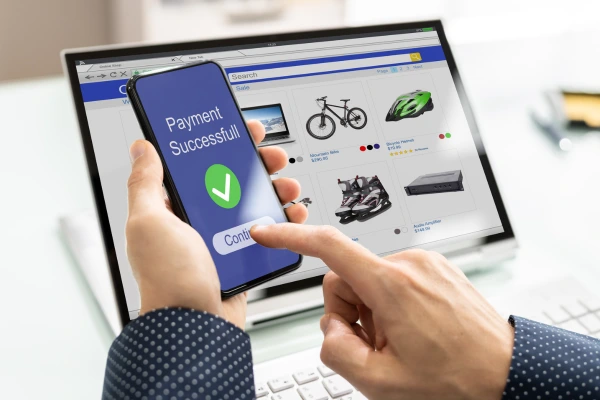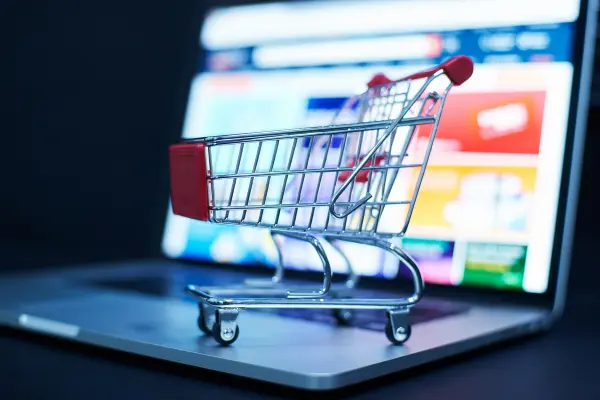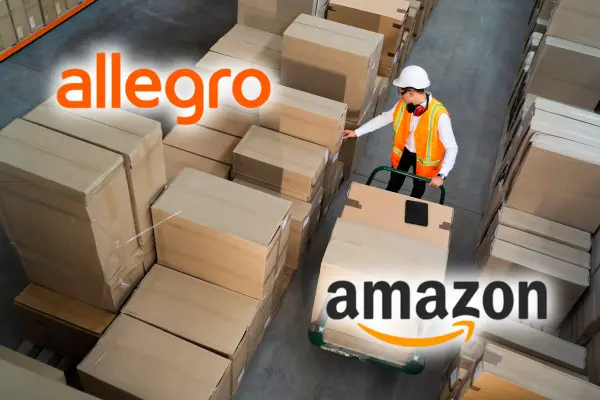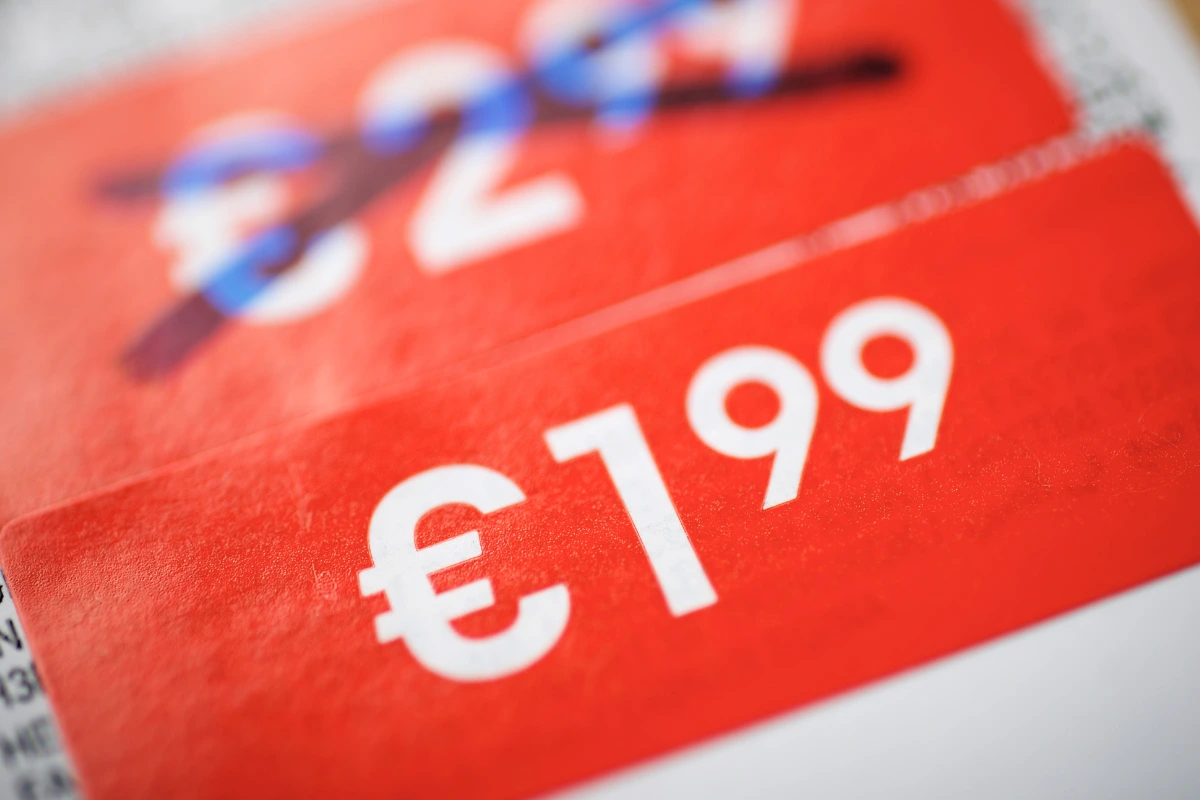Dropshipping is a popular business model among e-commerce start-ups. Many young entrepreneurs start by choosing this form of collaboration with wholesalers, as it allows them to sell products without having to hold their own stock and suffer the consequences of misguided investments. Although dropshipping has its advantages, such as a low entry threshold and minimal financial risk, it does not always provide full control over the business. Sooner or later, many dropshippers come to the conclusion that it is time to take the next step - moving to trading with goods in their own warehouse. How do you make this happen? Here are some key steps.
1. Market analysis and product selection
The first step is a thorough market analysis. You need to understand what products are in greatest demand, what the trends are and what niches are under-served. You can use tools such as Google Trends, Amazon Best Sellers or social media platforms to identify potential products to sell. Keeping an eye on your competitors' offerings is also very useful. A key piece of information will be your own sales - observe what products your customers buy most often and focus your attention on selected product categories.
2. Building relationships with suppliers
Once you have chosen the products you want to sell, the next step is to find trusted suppliers. Unlike dropshipping, where suppliers take care of shipping, you will now be responsible for managing your stock. It is worth establishing relationships with manufacturers or wholesalers who offer favourable terms and high quality products.
3. Invest in a warehouse and logistics
Having your own stock involves organising storage space. However, if you do not want to invest in your own warehouse right away, you can always rent a warehouse or use the services of so-called fulfilment centres (i.e. logistics centres), which store and ship products on your behalf. The key is to ensure that your stock is managed effectively to avoid both shortages and excess stock. You can also take the option of renting the pallet spaces themselves in someone else's warehouse!
Also find out about contracts with courier companies, check the conditions they offer. Before you decide what goods you are going to choose check how much shipping will cost, it is worth considering not only the cost of the courier but also the cost of packing the products,
4. Improving your online shop
Once you have your goods in stock, it is worth thinking about your own shop platform. Keep in mind, however, that your online shop needs to be prepared for higher traffic and more complex operations. It is worth investing in a professional website design, optimising the shopping process and ensuring the security of transactions. It is also important that the shop is responsive and works well on mobile devices - a necessity these days, as we do most of our shopping via our phone.
5. Marketing and branding
Effective marketing is crucial to the success of online sales. You should consider investing in different channels to promote your shop, such as social media, email campaigns, SEO and content marketing. Building a strong brand online will help you stand out from the competition and gain loyal customers. It is also worth nurturing positive customer feedback and professional customer service. A positive experience from your customers, will result in your shop being visited more often and your audience recommending it to themselves.
6. Understanding and managing your finances
Running a shop with your own merchandise requires a solid understanding of your finances. There's no way around it - you need to control your purchasing, warehousing, shipping and marketing costs, otherwise the business could become unprofitable. Keeping accurate accounts and regular financial analysis will help you to maintain profitability and identify areas for optimisation.
7. Monitoring performance
The e-commerce market is dynamic, so it is important to regularly monitor your performance and adapt to changes. Analyse your sales data, track market trends and adapt your offering to the needs of your customers. Also be prepared to experiment with new products and marketing strategies.
The transition from dropshipping to trading with your own goods in stock is a big challenge, but also a huge business development opportunity. It requires careful market analysis, establishing supplier relationships, investing in logistics, improving the online shop, effective marketing and financial management. It is also crucial to constantly monitor the market and adapt to changing conditions. With the right preparation and determination, you can build a strong and profitable e-commerce business.








